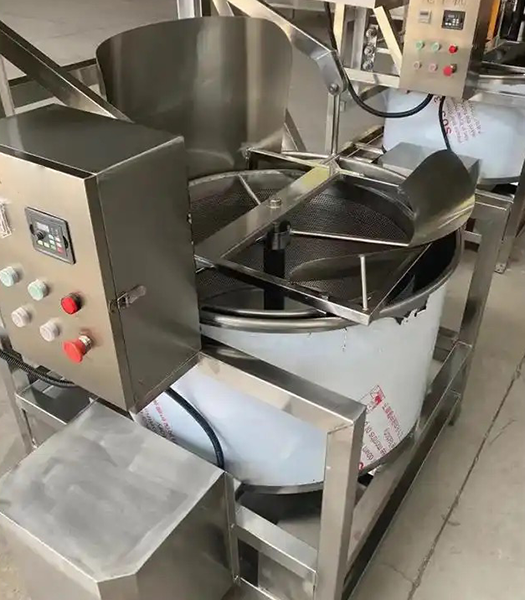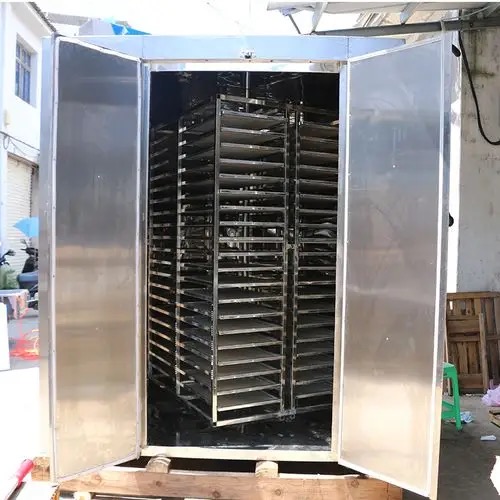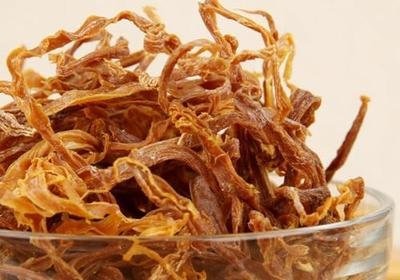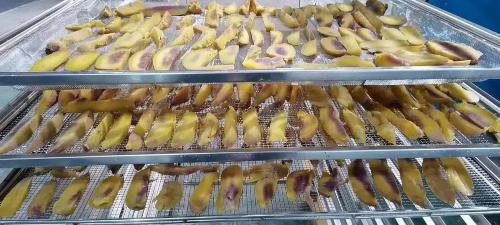
Content Menu
● Understanding Heat Pump Dryers
>> Key Components of a Heat Pump Dryer
● Common Causes of Water Leakage
● Additional Factors Contributing to Water Leakage
>> Temperature Fluctuations
>> Insufficient Airflow
>> Overloading the Dryer
● Preventing Water Leakage
● Troubleshooting Water Leakage Issues
● Conclusion
● FAQ
>> 1. How does a heat pump dryer work?
>> 2. What are the benefits of using a heat pump dryer?
>> 3. How often should I maintain my heat pump dryer?
>> 4. Can I use a heat pump dryer in high humidity conditions?
>> 5. What should I do if my heat pump dryer starts leaking?
Heat pump dryers are increasingly popular in food drying applications due to their energy efficiency and ability to maintain low temperatures while effectively removing moisture from food. However, like any appliance, they can experience issues, including water leakage. Understanding the causes of water leakage in heat pump dryers is crucial for maintaining their efficiency and ensuring the longevity of your equipment.

Understanding Heat Pump Dryers
Heat pump dryers operate by using a refrigeration cycle to remove moisture from food. They work by circulating warm air through the food, absorbing moisture, and then condensing that moisture into water, which is collected in a reservoir or drained away. This process is more energy-efficient compared to traditional drying methods, which often rely on high temperatures that can degrade food quality.
Key Components of a Heat Pump Dryer
- Heat Exchanger: This component transfers heat to the air flowing through the dryer. It plays a crucial role in maintaining the temperature needed for effective drying.
- Compressor: The compressor compresses the refrigerant gas, increasing its temperature and pressure before it enters the heat exchanger. This process is essential for maintaining the efficiency of the drying cycle.
- Condenser: In the condenser, the warm air cools down, causing moisture to condense into water. This water is then either collected in a tank or drained away.
- Fan: The fan circulates air throughout the drying chamber, ensuring even distribution of heat and moisture removal.
Common Causes of Water Leakage
1. Clogged Drainage System: One of the most common reasons for water leakage is a clogged drainage system. If the drain hose or reservoir is blocked with debris or mineral buildup, it can cause water to overflow or leak from the unit. Regular cleaning and maintenance of these components can prevent this issue.
2. Damaged Seals or Gaskets: Over time, seals and gaskets can wear out or become damaged. If these components fail, they may allow moisture to escape from the dryer instead of being contained within. It's essential to inspect these parts regularly and replace them when necessary.
3. Improper Installation: If a heat pump dryer is not installed correctly, it may lead to improper drainage or airflow issues that can cause condensation and leakage. Ensuring proper installation according to manufacturer guidelines is critical for optimal performance.
4. High Humidity Levels: Operating a heat pump dryer in an environment with high humidity can overwhelm its capacity to remove moisture efficiently, leading to excess condensation and potential leaks. Monitoring ambient humidity levels can help mitigate this problem.
5. Faulty Components: Malfunctions in any part of the drying system—such as the compressor or fan—can disrupt normal operation and result in water accumulation that leaks out of the unit. Regular checks on these components can help identify issues before they escalate.

Additional Factors Contributing to Water Leakage
Temperature Fluctuations
Temperature fluctuations within the drying chamber can lead to condensation forming on surfaces where cooler air meets warmer air. This condensation can drip down and cause leaks if not properly managed. Maintaining a consistent temperature within the dryer is vital for preventing this issue.
Insufficient Airflow
If there is insufficient airflow within the dryer due to blocked vents or a malfunctioning fan, moisture may not be effectively removed from the chamber. This trapped moisture can lead to excessive condensation and subsequent leaks. Regularly checking airflow pathways and ensuring they are clear can help maintain optimal performance.
Overloading the Dryer
Overloading a heat pump dryer can hinder its ability to circulate air effectively around all items being dried. When this occurs, some items may not dry properly, leading to increased moisture levels within the dryer that could result in leakage. Following manufacturer guidelines regarding load capacity is essential for preventing this issue.
Preventing Water Leakage
To prevent leaks from your heat pump dryer, consider implementing the following measures:
- Regular Maintenance: Schedule routine maintenance checks to ensure all components are functioning correctly and that there are no blockages in the drainage system. Cleaning filters regularly will also enhance performance.
- Check Seals and Gaskets: Inspect seals and gaskets periodically for signs of wear and replace them as needed to maintain a tight seal.
- Proper Installation: Ensure that your dryer is installed according to manufacturer specifications to avoid issues related to drainage and airflow.
- Monitor Humidity Levels: Use your dryer in environments with controlled humidity levels whenever possible to enhance its efficiency.
- Maintain Temperature Consistency: Avoid placing hot items directly into the dryer as this can cause sudden temperature changes that lead to condensation.
- Ensure Adequate Airflow: Regularly check that all vents are clear and that fans are functioning properly to promote efficient airflow throughout the drying chamber.
Troubleshooting Water Leakage Issues
If you notice water leaking from your heat pump dryer, follow these troubleshooting steps:
1. Turn Off Power: Immediately turn off the power supply to avoid any electrical hazards while inspecting the unit.
2. Inspect Drainage System: Check for clogs in hoses or tanks that could be causing overflow issues. Clear any blockages you find.
3. Examine Seals: Look for visible signs of wear or damage on seals and gaskets around doors and connections. Replace them if necessary.
4. Check Installation: Verify that your unit is level and installed according to guidelines; an uneven installation can lead to drainage problems.
5. Consult Professional Help: If you cannot identify or resolve the issue yourself, it's best to consult a professional technician who specializes in heat pump dryers for further assistance.
Conclusion
Heat pump dryers are an effective solution for food dehydration, but they can experience issues such as water leakage if not properly maintained or installed. By understanding the common causes of leaks and taking preventive measures, you can ensure your heat pump dryer operates efficiently and lasts longer. Regular maintenance checks, monitoring environmental conditions, and adhering strictly to operational guidelines are key strategies for preventing water leakage problems in these appliances.

FAQ
1. How does a heat pump dryer work?
A heat pump dryer uses a refrigeration cycle to remove moisture from food by circulating warm air through it, absorbing moisture, and condensing it into water for drainage or collection.
2. What are the benefits of using a heat pump dryer?
Heat pump dryers are energy-efficient, maintain low temperatures during drying (preserving nutrients), and have lower operational costs compared to traditional dryers.
3. How often should I maintain my heat pump dryer?
Regular maintenance should be performed at least once a year; however, more frequent checks may be necessary depending on usage levels and environmental conditions.
4. Can I use a heat pump dryer in high humidity conditions?
While it is possible, operating in high humidity can reduce efficiency and increase the risk of condensation issues leading to leaks.
5. What should I do if my heat pump dryer starts leaking?
First, turn off the unit and check for clogs in the drainage system. Inspect seals for damage and ensure proper installation. If issues persist, consult a technician for repairs.












